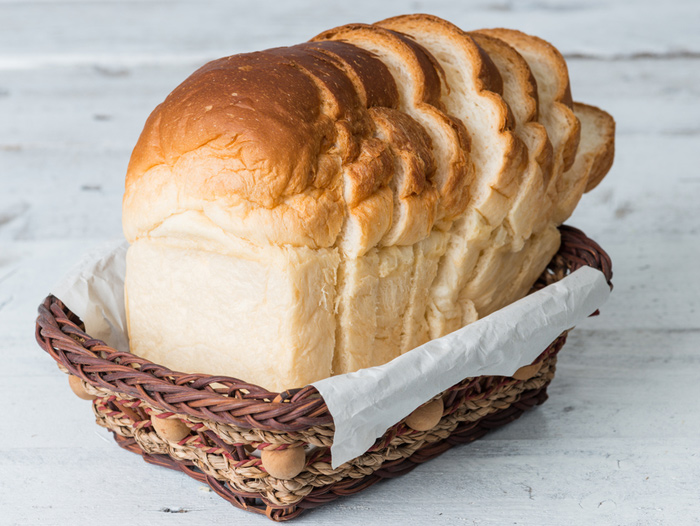Lallemand Baking Update: Deconstructing Myths about Baking Products and Baker’s Yeast
October 8, 2019 | 2 min to read

Bread is an important foodstuff in everyday life. A healthy, balanced diet is the foundation of good health, and nutritionist and most health professionals recognize that bread should be part of a healthy diet. However, for multiple reasons the consumption of bread has been declining across the EU in the last decades. Some global population trends might influence bread consumption, such as younger consumers who on a daily basis eat less bread. But nowadays, yeast-raised goods are also exposed to attacks by many influential self-proclaimed health and wellness gurus having misconceived ideas. Here are the real facts about baking products and baker’s yeast, hopefully helping to debunk some popular beliefs.
MYTH #1 – BREAD CAN BE MADE WITHOUT YEAST
Yeast plays a key role in the baking process. As some misconceptions pertain to the yeast itself, some consumers tend to seek bread marketed as “yeast-free”. The truth is that yeast is necessary to leaven the bread dough. The fermentation is a key process in bread making and yeast is essential for the fermentation process to occur. Fermentation from yeast is a natural process. Doubts related to the ‘’naturalness’’ of yeast and bread production may arise when the latter is produced at an industrial scale. However, the fermentation process remains the same. It uses a single celled living organism which belongs to the taxonomic class of the fungi, yeast. Yeast uses various raw materials from the dough, mainly carbohydrates, and converts these constituents into different compounds, including carbon dioxide (CO2). This process known as fermentation allows for expansion of the dough during bread manufacturing. In addition to playing a key role in the leavening of dough, yeast also contributes the enjoyable sensory attributes of bread (texture, aroma and taste). Yeast is more than just a leavening agent. Baker’s yeast is sometimes mistaken with baking powder, which is interchangeably called “chemical yeast”. Baking powder has a leavening power but it uses a complete different chemical reaction. The sodium bicarbonate and tartaric acid which are found in baking powder react together to produce CO2 which allows dough to expand. Baker’s yeast also plays a key role in the leavening of dough, but it also provides bread with a unique taste, helps with its digestibility and contributes also to its nutritional quality. Indeed, the following table shows the proportion of certain micronutrients provided by yeast in regular bread prepared with fortified flour.
To read the rest of the story, please go to: Lallemand
